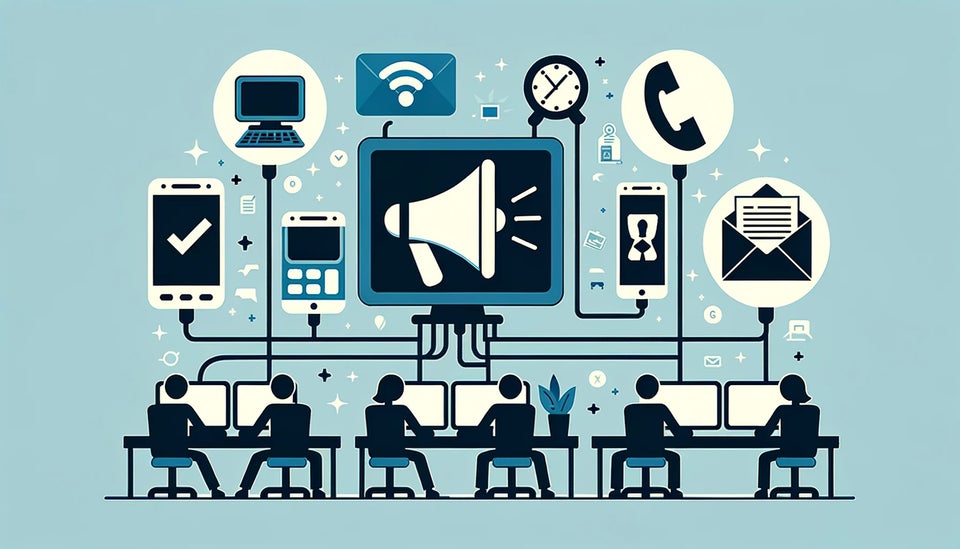Understanding the Whistleblowing Hotline
A whistleblowing hotline serves as a confidential channel for employees and others to report suspicions of misconduct within an organization. This tool is crucial for mitigating risks and fostering a culture of trust, as it empowers managers to promptly address potential misconduct. The mere presence of a whistleblowing hotline can act as a deterrent, discouraging individuals from engaging in fraud, corruption, harassment, and other improper practices.
The Sarbanes-Oxley Act of 2002 was a pivotal moment for whistleblowing hotlines, mandating all listed American companies to establish a channel for whistleblowing. While the term "hotline" traditionally referred to phone-based platforms, today it encompasses digital solutions and broader whistleblowing systems.
Exploring the Types of Whistleblowing Hotlines
-
Digital Whistleblowing Hotlines Digital platforms allow individuals to report concerns online, ensuring whistleblower anonymity and the ability to attach evidential material. These hotlines are secure, GDPR-compliant, and facilitate integrated case management.
-
Phone-based Whistleblowing Hotlines Phone-based hotlines offer a traditional approach, allowing reports via phone calls. While they can provide some level of anonymity, they lack the security and integrated case follow-up features of digital platforms. However, they remain essential in regions with limited internet access.
-
Face-to-Face Whistleblowing This "open door" option involves direct communication with a manager or superior. While it offers immediate feedback, it lacks data protection, efficient case follow-up, and anonymity. Despite these drawbacks, face-to-face whistleblowing is integral to fostering a speak-up culture within an organization.
-
Whistleblower Email Address and Inbox This method involves setting up a dedicated email address for whistleblowers. While cost-effective, it poses significant risks due to potential data insecurity and lack of integrated case management.
The Whistleblowing Hotline System: More Than Just a Channel
The term "whistleblowing hotline" can be misleading, as it implies a singular channel for reporting concerns. In reality, the whistleblowing landscape has evolved into a professionalized system that encompasses more than just a hotline. This broader system includes various channels and processes to ensure that reported cases are managed appropriately, reflecting an organization's commitment to its employees and stakeholders.
As we navigate the complexities of whistleblowing hotlines, it is crucial for organizations to understand the importance of establishing a comprehensive whistleblowing system that aligns with legal requirements and best practices. Stay tuned for the next installment of our series, where we will delve deeper into the intricacies of implementing and managing an effective whistleblowing system.










